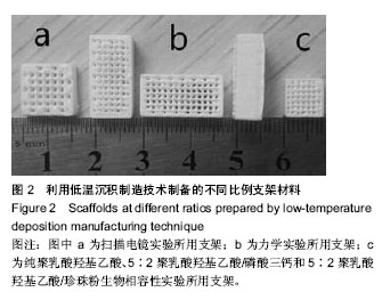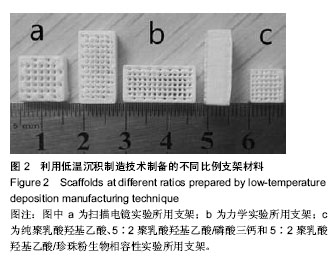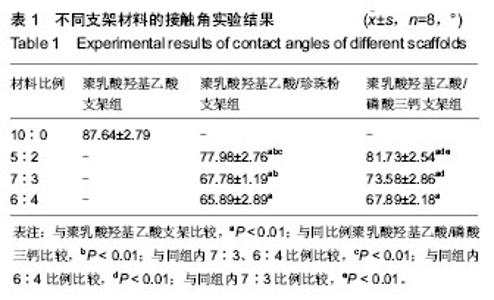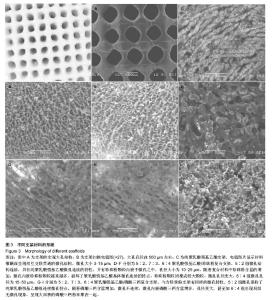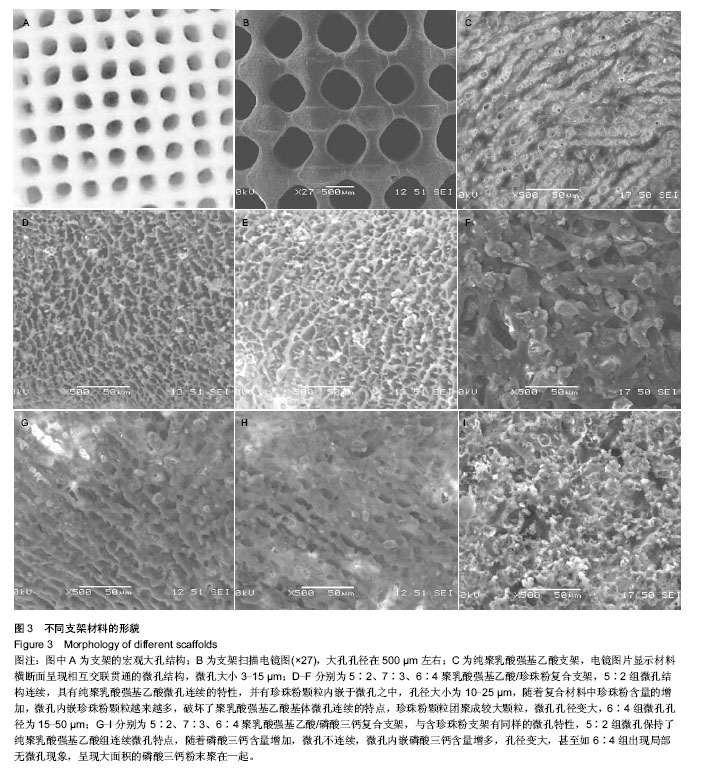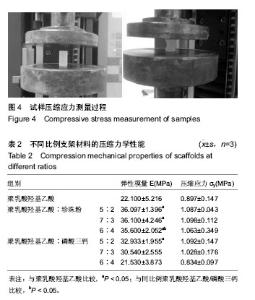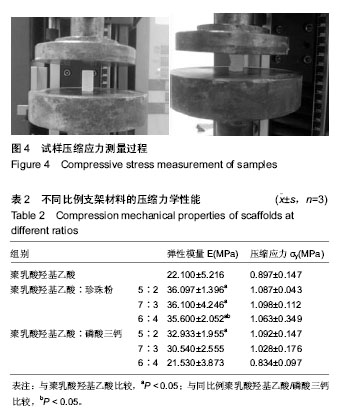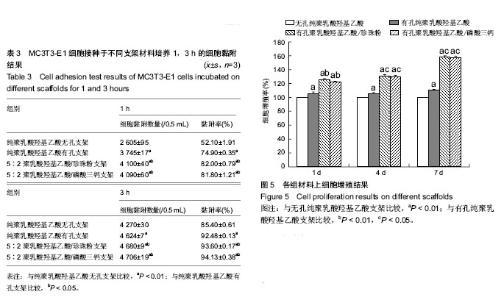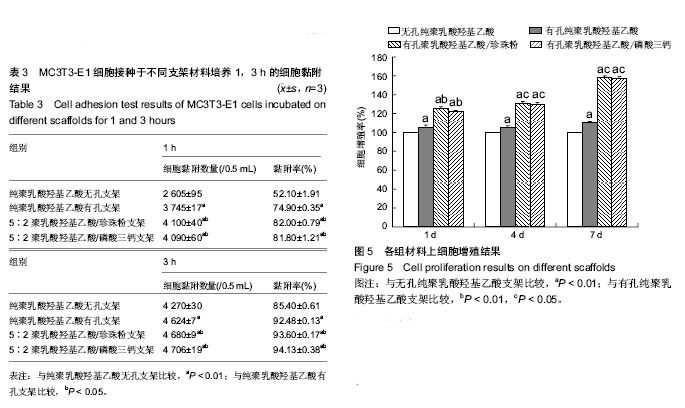| [1] 朱洪光,徐欣.应用骨组织工程技术修复节段性骨缺损的研究进展[J].中国口腔种植学杂志,2009,14(4):139-142.
[2] 谢江徽,贾骏,刘一涵,等.不同比例PLGA/β-TCP电纺纤维支架的制备与性能研究[J].临床口腔医学杂志,2011,27(11):651-653.
[3] 费小琛,颜永年,熊卓,等.骨组织工程PLGA/TCP复合材料的性能研究[J].材料导报,2003,17(12):77-79.
[4] 刘竞龙,余斌,高成杰.骨组织工程材料修复骨缺损:大鼠成骨细胞与聚乳酸和聚乙醇酸共聚合物支架联合培养观察[J].中国临床康复,2002,6(16):2371-2372.
[5] Takahashi Y,Yamamoto M,Tabata Y.Osteogenic different iation of mesenchymal stem cells in biodegradable sponges composed of gelatin and Beta-tricalcium phosphate. Biomaterials.2005;26(17):3587-3596.
[6] Lane JM,Bostrom MP.Bone grafting and new composite biosynthetic graft materials.Instr Cortse Lect.1998;47(5): 525-534.
[7] 索海瑞,岳秀艳,史廷春,等.组织工程支架的低温沉积制造工艺参数研究[J].机电工程,2009,26(3):57-60.
[8] Li XK,Cai SX,Liu B, et al.Characteristics of PLGA-gelatin complex as potential artificial nerve scaffold.Colloids Surf B Biointerfaces.2007;57(2):198-203.
[9] 李世普,陈晓明.生物陶瓷[M].武汉:武汉工业大学出版社,1989.
[10] Anker CJ,Holdridge SP,Baird B,et al.Ultraporous beta-tricalcium phosphate is well incorporated in small cavitary defects.Clin Orthop Relat Res.2005;434: 251-257
[11] 刘利,张人倍,熊卓,等.骨组织工程支架的快速制造及脊柱融合实验研究[J].工程塑料应用,2006,34(B):126-129.
[12] 吴东,李桐军,郑静宜,等.珍珠层组织工程支架材料的研制及表征[J].福建医科大学学报,2012,46(3):177-181.
[13] 吴林波,丁建东.组织工程三维多孔支架的制备方法和技术进展[J].功能高分子学报, 2003,16(1):91-96.
[14] 李艳蕾.组织工程血管支架的低温沉积制造技术研究[D].杭州:杭州电子科技大学,2010.
[15] 袁梅娟.股骨三维非均质建模及生物力学有限元分析研究[D].杭州:杭州电子科技大学,2011. |
